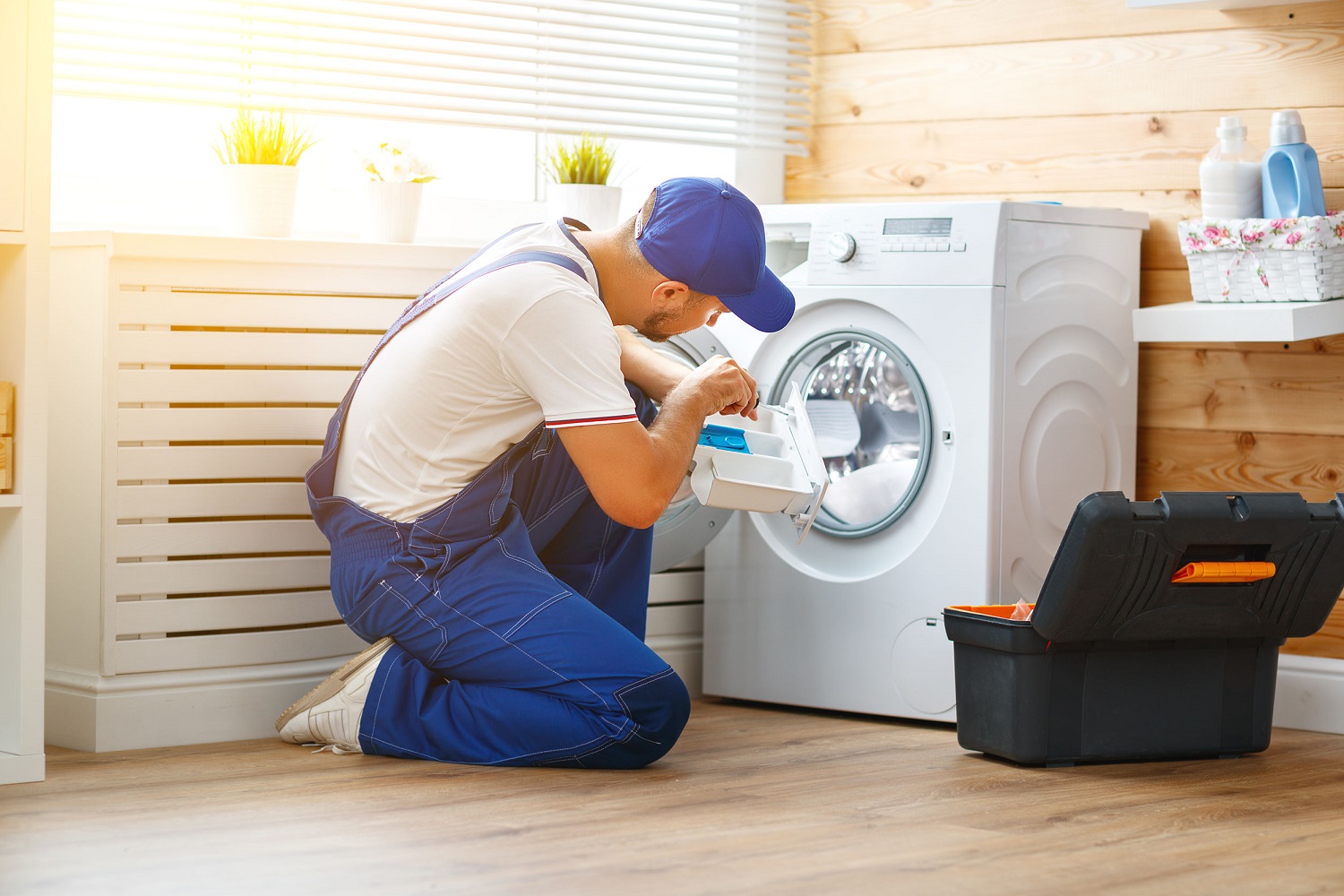
Image Source: Google
Having a clothes dryer that suddenly stops working can be a major inconvenience, especially if you rely on it regularly to do your laundry. Before calling a professional repair service, there are several troubleshooting tips and tricks you can try to fix the problem yourself. If you need more information about clothes dryer repairs, you may visit this website.
In this guide, we will provide you with a step-by-step approach to diagnosing and repairing common issues with clothes dryers.
Common Issues with Clothes Dryers
1. The Dryer Won't Turn On
- Check if the dryer is receiving power by ensuring that it is plugged in and the circuit breaker has not tripped.
- Inspect the power cord for any damage or fraying that may be causing a disconnect.
- Test the door switch to see if it is functioning properly.
2. The Dryer is Not Heating
- Check the heating element for any signs of damage or wear.
- Clean out any lint buildup in the lint trap, exhaust vent, or ductwork that may be blocking proper airflow.
- Test the thermal fuse and thermostat for continuity using a multimeter.
Tools You Will Need
Before attempting any repairs on your clothes dryer, it's important to have the right tools on hand. Here are some essential tools you may need:
- Screwdriver set
- Multimeter
- Needle-nose pliers
- Vacuum cleaner with hose attachment
- Replacement parts (heating element, thermal fuse, thermostat, etc.)
Step-by-Step Repair Guide
1. Unplug the Dryer
Before beginning any repairs, make sure to unplug the dryer from the power source to avoid any electrical accidents.
2. Inspect the Dryer
Take a close look at your dryer to identify any visible signs of damage or wear, such as frayed wires, burnt spots, or broken components.
3. Test the Components
Using a multimeter, test the various components of the dryer, such as the heating element, thermal fuse, thermostat, and door switch, to check for continuity.
4. Clean the Dryer
Remove any lint buildup from the lint trap, exhaust vent, and ductwork using a vacuum cleaner with a hose attachment.
5. Replace Faulty Parts
If you have identified a faulty component during the testing process, replace it with a new part that is compatible with your specific dryer model.
Preventative Maintenance Tips
To keep your clothes dryer in optimal condition and prevent future breakdowns, follow these preventative maintenance tips:
- Clean the lint trap after every use to improve airflow and prevent overheating.
- Inspect the exhaust vent and ductwork regularly for any obstructions or blockages.
- Avoid overloading the dryer to prevent strain on the motor and other components.
- Check and replace the dryer belt if it shows signs of wear or stretching.
When to Call a Professional
While many clothes dryer repairs can be done easily with the help of this guide, there are certain situations where it's best to leave it to the professionals. Consider calling a repair service if:
- You are unsure of how to safely perform the repairs.
- The issue is complex and requires specialized tools or knowledge.
- You have attempted the repairs but the problem persists.
By following the tips and tricks outlined in this ultimate guide to DIY clothes dryer repairs, you can save time and money by fixing common issues yourself. Remember to always prioritize safety when working with electrical appliances and if in doubt, seek help from a professional.